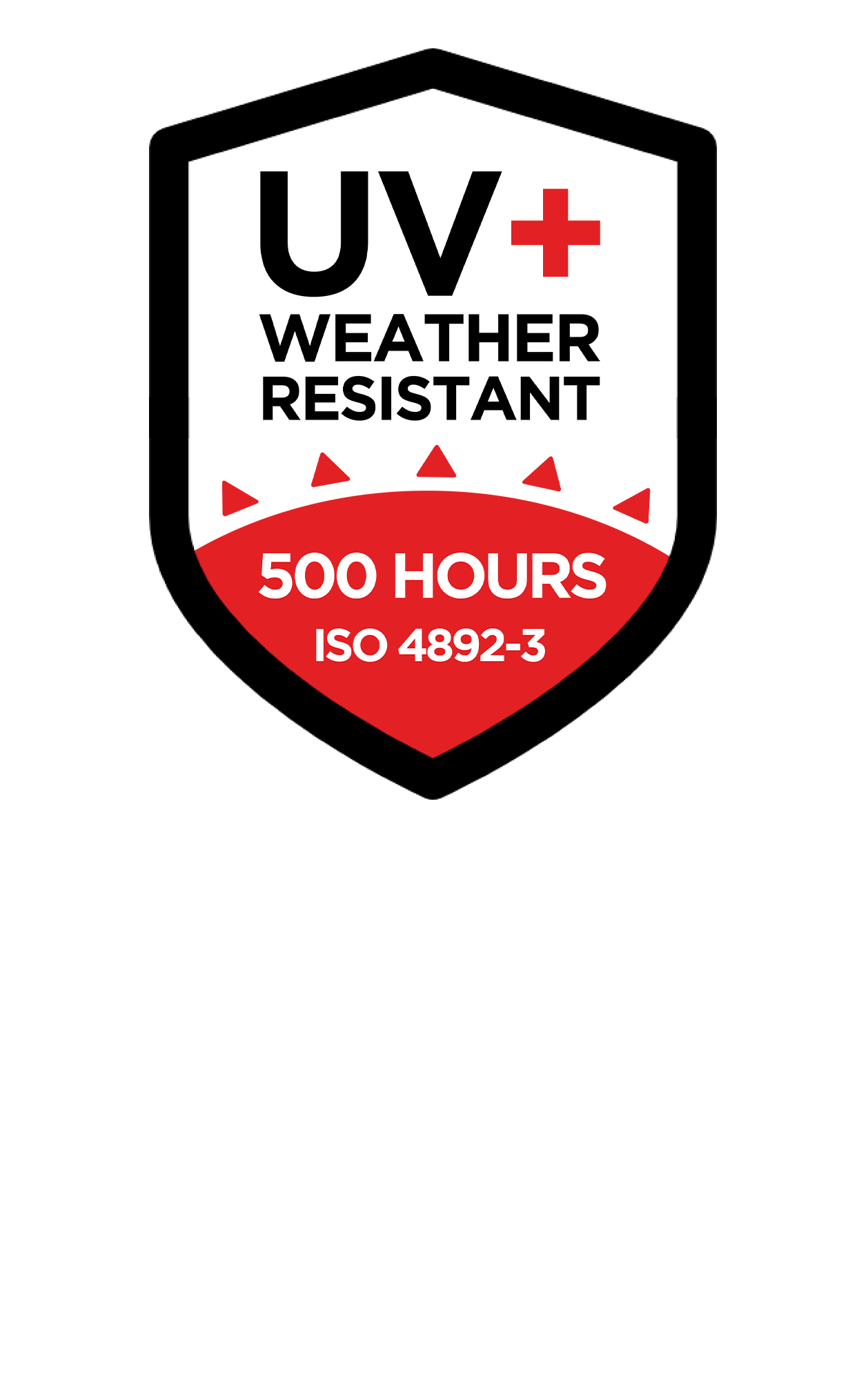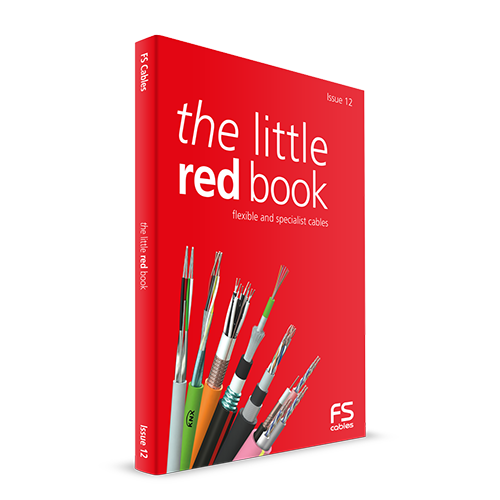In industries where cables play a critical role, it is essential to ensure their durability and performance under various environmental conditions. Exposure to sunlight, moisture, temperature fluctuations, and other factors can significantly impact the lifespan and reliability of cables. ISO 4892 provides a standardised approach to test cables by subjecting them to laboratory light sources along with controlled moisture, humidity, and temperature (accelerated aging). In this blog post, we will explore how ISO 4892 helps in evaluating the performance and longevity of cables in real-life applications.
The Significance of Cable Testing:
Cables are integral components in industries such as telecommunications, power transmission, automotive, and more. They need to withstand harsh environmental conditions while maintaining their electrical and data conductivity as well as structural integrity. Testing cables allows manufacturers to identify potential weaknesses and ensure their ability to function reliably over an extended period.
Understanding ISO 4892 for Cable Testing:
ISO 4892 provides guidelines for testing cables by exposing them to laboratory light sources, typically fluorescent UV lamps, while maintaining controlled environmental conditions. The standard defines parameters for simulating real-life conditions, including temperature, humidity, and exposure to UV radiation, specifically tailored for cable testing.
Exposure to Fluorescent UV Lamps:
Fluorescent UV lamps are commonly used in ISO 4892 cable testing as they emit a spectrum of ultraviolet (UV) radiation that closely resembles sunlight. This allows manufacturers to assess the cable's resistance to UV degradation, which can lead to material deterioration, insulation breakdown, and reduced performance over time.
Controlled Environmental Conditions:
The standard specifies the following factors.
Temperature: The testing guidelines include maintaining specific temperature conditions during the testing process. This allows manufacturers to evaluate how cables perform under temperature fluctuations and whether they exhibit any detrimental effects such as changes in conductivity, insulation properties, or structural integrity.
Humidity and Moisture: ISO 4892 also accounts for the effects of humidity and moisture on cables. By subjecting samples to controlled humidity levels or water exposure, manufacturers can assess the cable's resistance to moisture-related issues such as corrosion, insulation degradation, or reduced electrical performance.
ISO 4892 plays a vital role in evaluating the durability and performance of cables under simulated real-life conditions enabling you to make informed decisions regarding cable design and reliability. Ensuring compliance with ISO 4892 standards helps to establish confidence in the quality of cables used in critical applications.
We have a large range of UV & weather resistant cables tested to ISO 4892, including Alternative to Belden types, Loxone Tree Cable, Control Cables, Def Stan, Speaker and Category cables. Just look for the logo on the datasheet.








